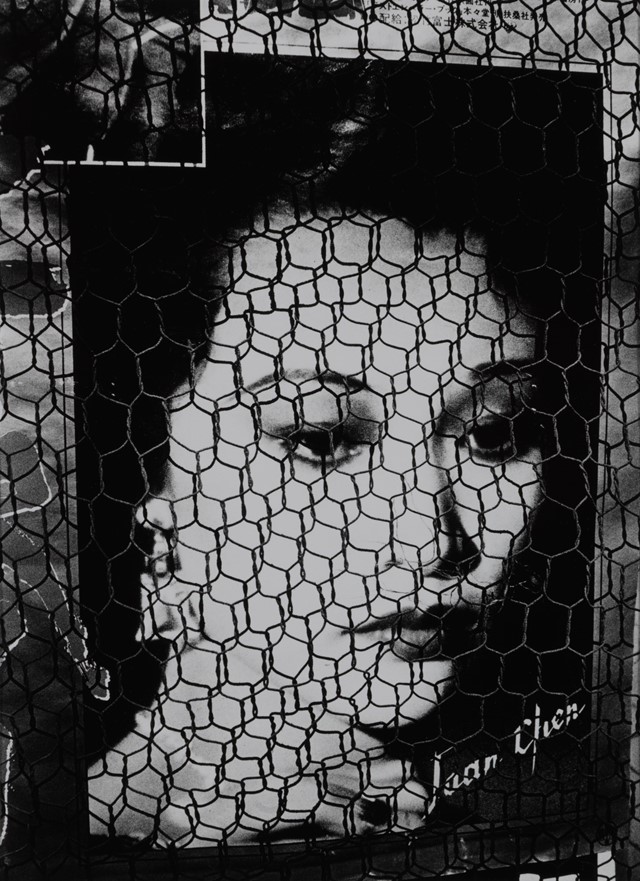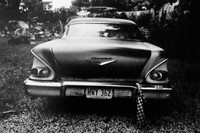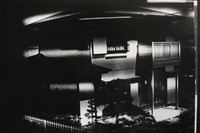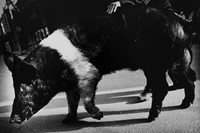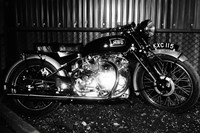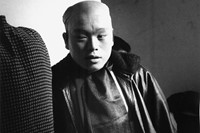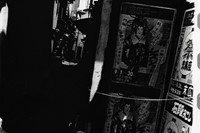As Daido Moriyama’s photographs appear in two new exhibitions in London, AnOther talks to the prolific image-maker whose life’s work has to been to capture reality over artifice
In Japan, Daido Moriyama needs no introduction. The prolific experimental photographer shattered the strictures of the medium in the 1960s by taking to the streets and documenting gritty, urban life in Tokyo, and every photography student worth their salt has been introduced to his early oeuvre. 50 years later, he’s still doing it. His emotive black and white, high-contrast images get beneath the surface of a city that is probably best known for its hyperreal slickness and instead reveals unknown, intimate territories that are continuously changing. “I think I can say this for all large cities,” he says, “but Tokyo in particular presents unlimited levels that exist alongside an array of astounding possibilities. In other words, Tokyo to me is like an enormous stadium that harbours an endless sense of desire. It never ceases to interest me as a subject to be photographed.” Just looking at the broad selection of people, places and objects currently on show at Michael Hoppen Gallery is a testament to this. These rare, vintage silver prints cover everything from a stray dog to a pair of ladies out strolling in kimonos, or a photogram depicting a kiss.
Moriyama is often referred to as a ‘street photographer’ due to the similarities of his methodology with a generation of European and American practitioners, but he cites one pioneer directly: “I hadn’t really been looking at the works of many American and European photographers per say, by when I saw William Klein’s New York for the first time it had a strong impact on me. It made me realise the extent of freedom that photography has. My way of thinking towards photography had changed as a result of this experience, and such feelings and thoughts led to and came to manifest in my works thereafter.”
This freedom has been crucial to Moriyama’s practice from the outset, particularly through the radical production of Provoke magazine, a short-lived but highly influential publication founded by fellow pioneers Takuma Nakahira and Yutaka Takanashi. It presented a radical new form of iconoclastic expression known as ‘are-bure-boke’ or ‘rough, blurry and out of focus’, which captured the social unrest and nascent subcultures that were emerging from post-war Japan. Through intense exposures, radical cropping, deliberate repetition, dirt, scratches and contemporary chiaroscuro this group upended everything the world knew about the medium and challenged narrative structures.
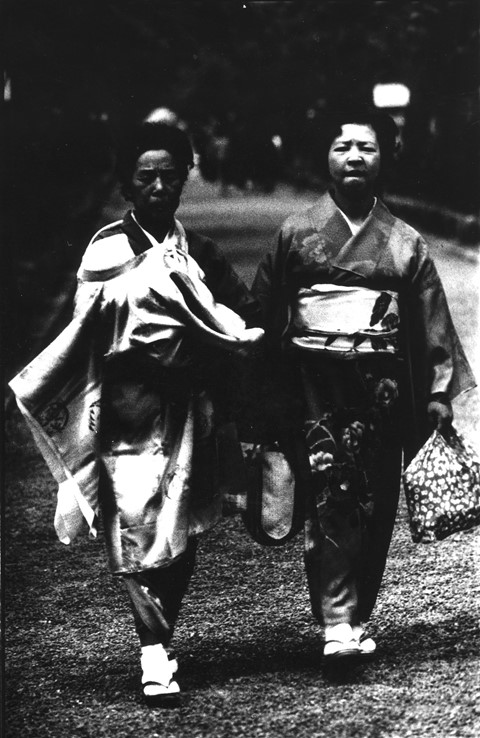
For Moriyama, the idea of subversive narration has always been key, and his unorthodox approach to presenting his work has become something of a signature. For one, the photographic book is an endless source of investigation. He heralds the notion that a reader can theoretically pick it up and begin anywhere, thus removing the hierarchy that is ingrained in a strict linear narrative. This idea also permeates exhibition settings, as seen at Michael Hoppen and his current display at the Barbican. He presents his images in narrow black frames with no space between them, and on a variety of levels. This produces something akin to an egalitarian mosaic, building connections between seemingly disparate subjects and locations. The result is something of a surprising tableau that thoroughly envelops the viewer and encourages you get up close and really “see” the entire structure, as opposed to looking on, singularly, from a distance. In this manner, Moriyama invites you into his own, mysterious world and fulfils what is probably his most iconic statement: “For me, photography is not a means by which to create beautiful art, but a unique way of encountering genuine reality.”
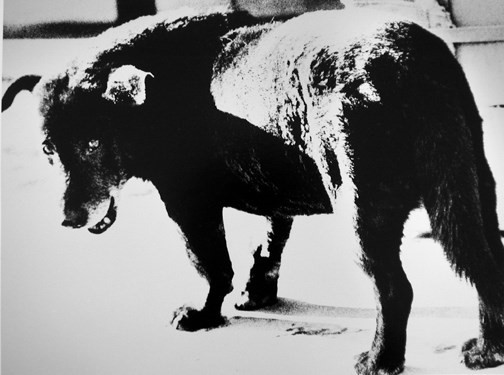
Daido Moriyama runs at Michael Hoppen Gallery, London, until March 29, 2018.
